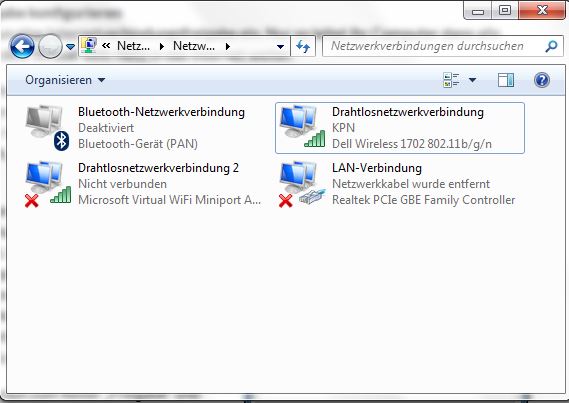

- #I need a microsoft virtual miniport adapter how to
- #I need a microsoft virtual miniport adapter install
- #I need a microsoft virtual miniport adapter drivers
- #I need a microsoft virtual miniport adapter windows 10
When the scan is complete, the driver update utility will display a results page showing which drivers are missing or out-of-date: Once you download and run the utility, it will scan for out-of-date or missing drivers: It will Update all of your drivers in just a few clicks, and even backup your drivers before making any changes. The Driver Update Utility automatically finds, downloads and installs the right driver for your hardware and operating system. Automatic updates could save you hours of time.

If you are having trouble finding the right driver, stop searching and fix driver problems faster with the Automatic Driver Update Utility.
#I need a microsoft virtual miniport adapter install
Visit our Driver Support Page for helpful step-by-step videos Install Drivers Automatically In most cases, you will need to reboot your computer in order for the driver update to take effect. Locate the device and model that is having the issue and double-click on it to open the Properties dialog box.Ĭlick the Update Driver button and follow the instructions. In Windows XP, click Start -> Control Panel -> Performance and Maintenance -> System -> Hardware tab -> Device Manager button In Windows Vista, click Start -> Control Panel -> System and Maintenance -> Device Manager

In Windows 7, click Start -> Control Panel -> Hardware and Sound -> Device Manager In Windows 8, swipe up from the bottom, or right-click anywhere on the desktop and choose "All Apps" -> swipe or scroll right and choose "Control Panel" (under Windows System section) -> Hardware and Sound -> Device Manager
#I need a microsoft virtual miniport adapter windows 10
In Windows 11, Windows 10 & Windows 8.1, right-click the Start menu and select Device Manager It allows you to see all of the devices recognized by your system, and the drivers associated with them. To install a driver in Windows, you will need to use a built-in utility called Device Manager.
#I need a microsoft virtual miniport adapter how to
If you like this article, do check out how to change network priority in Windows and how to create network adapters shortcut in Windows.Once you download your new driver, then you need to install it. If you are stuck or need some help, comment below and I will try to help as much as possible.

To enable WiFi Direct virtual adapter again, execute the below commands one after the other. However, if you are not seeing the changes instantly, reboot Windows. Generally, you don’t have to reboot Windows. netsh wlan set hostednetwork mode=disallowĤ. Once the adapter is disabled, you will not see it in other applications or devices. After stopping the WiFi Direct virtual adapter network, execute the below command to disable it. You need to do this first to disable it fully. It will first stop the running virtual adapter. In the PowerShell window, execute the below command. To do that, search for PowerShell in the start menu, right-click on the result and select “Run as administrator”.Ģ. First, open an elevated PowerShell window. If the first method did not work for some reason, you can use the PowerShell command to remove Microsoft WiFi Direct virtual adapter.ġ. 2] Command to Remove Microsoft WiFi Direct Virtual Adapter If you want to enable WiFi Direct adapter again, follow the same steps but select the “Enable device” option in step 2. If this did not work or if there is no “Microsoft WiFi Direct virtual adapter” option in the Device Manager, I recommend you follow the second method. After disabling all the WiFi Direct adapters, close the Device Manager and reboot Windows.Īs you can see, the Device Manager method is pretty simple and straightforward. If you have multiple WiFi Direct adapters, disable all those in the same manner.ģ. Now, find the “Microsoft WiFi Direct virtual adapter” option, right-click on it and select the “Disable device” option. After opening the Device Manager, expand the “Network adapters” section. First, open the start menu, search for “Device Manager” and click on the first result to open the Device Manager.Ģ.


 0 kommentar(er)
0 kommentar(er)
